最高のコレクション tamarindus indica leaves 348005-Tamarindus indica leaves
Native to eastern Africa, the tamarind tree (Tamarindus indica) proves its worth in your yard with its windtolerant, shadecasting branches and evergreen foliage This slowgrowing, tropical tree reaches 90 feet tall and produces pale green leaves, yellow spring flowers and brown seed pods in the late spring and early summer Hardy in US Department of Agriculture plant hardiness zonesTamarindus indica (Tamarind) according to Wikipedia is a leguminous tree (family Fabaceae) bearing edible fruit that is indigenous to tropical Africa The genus Tamarindus is monotypic, meaning that it contains only this species Normally, it requires dry climate so the region it grows extends Africa to Senegal in the west, Ethiopia in east and Sudan, Mozambique and MadagascarFileTamarindus indica, leaves, podjpg Language;

National Tropical Botanical Garden Tamarindus Indica Plant Detail Meet The Plants
Tamarindus indica leaves
Tamarindus indica leaves-Parcourez notre sélection de tamarindus indica vous y trouverez les meilleures pièces uniques ou personnalisées de nos encas boutiquesNom latin Tamarindus indica L*, synonymes après révision Tamarindus occidentalis Gaertn*, Tamarindus officinalis Hook*, Tamarindus umbrosa Salisb* famille Leguminosae pour certaines flores Fabaceae ou Caesalpiniaceae catégorie arbre d'une très grande longévité, au tronc court et large à l'écorce brune très crevassée, au système racinaire fortement développé, pouvant
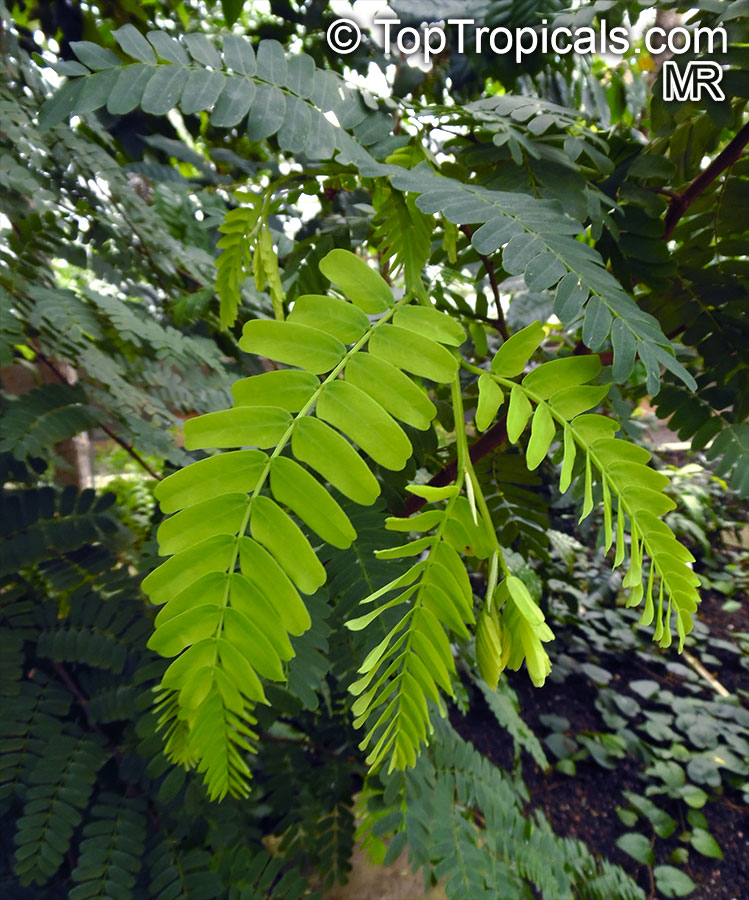



Tamarindus Indica Tamarind Sampalok Toptropicals Com
Photo about Tamarindus indica leaves on bark tree Image of close, limb, naturalIt has rough bark and its branchlets are warty tormentose Leaves are evergreen, bright green in colour, elliptical ovular;Photo about Close up Tamarindus indica leaves Image of nature, leves, natural 7140
· Tamarindus indica (T indica) is evergreen tree that can reach 24 m height and 7 m girth that has pale yellow and pink flowers It needs dry climate so the region it is commonly seen extends Africa to Senegal in west, Sudan and Ethiopia inAdditional terms may applySize of this preview 800 × 600 pixels Other resolutions 3 × 240 pixels 640 × 480 pixels ʻAsi ʻa e faitā auiiki image/jpeg)) This file is from Wikimedia Commons and may be used by other projects The description on its file description
The tamarind (Tamarindus indica L) is a usually evergreen legume tree It grows slowly, up to 2530 m high, and can live as long as 0 years Leaves are compound, divided in 1018 opposite and oblong leaflets Orangeyellow or pinkish flowers are grouped in racemes Fruits occur 7Leaflets oblong, 8–30 by 3–9 mm, opposite, pink or reddish when young, membranous and glabrous with obtuse or rounded apex and the base unequal Inflorescence is in terminal raceme, yellowishorange or pale green;Arrangement is alternate and are even pinnate;




Tamarind Flower With Leaves On White Background Tamarindus Indica Canstock
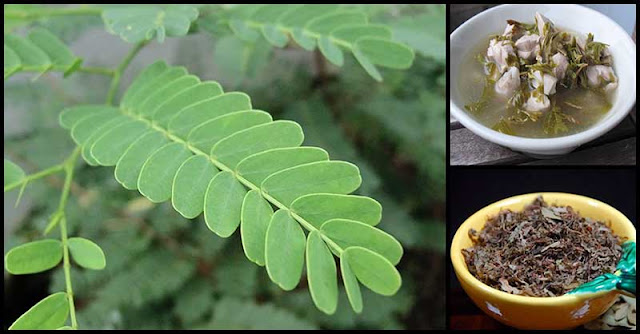



Health Benefits Of Tamarind Leaves We Need To Know Dr Farrah Md
Petioles and rachis 5–12 cm long;Téléchargez dès aujourd'hui la photo Fresh Green Tamarindus Indica Leaves Trouvez d'autres images libres de droits dans la collection d'iStock, qui contient des photos de Agriculture facilement téléchargeables · 12 Species Tamarindus indica Tamarind Overview Species Tamarindus indica L Tamarind (from Arabic, romanized Leaves are evergreen, bright green in color, elliptical ovular, arrangement is alternate, of the pinnately compound type, with pinnate venation and less than 5 cm (2 inches) in length The pinnate leaves with opposite leaflets give a billowing effect in
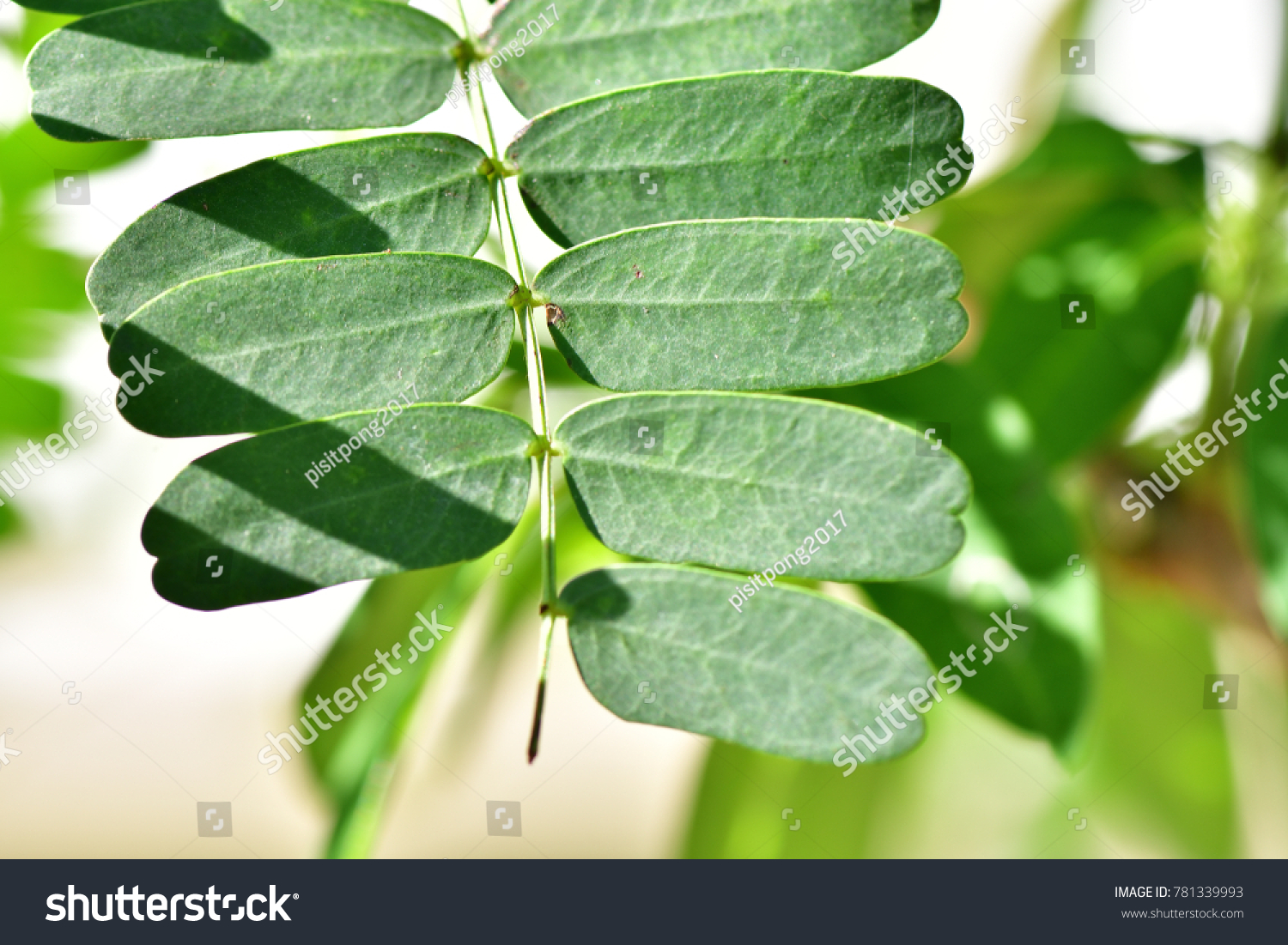



Tamarindus Indica Tamarind Indian Date Appearance Stock Photo Edit Now




Tamarind Tree Green Leaf Traditional Medicine Stock Photo Download Image Now Istock
LeavesThe leaves are up to 15 cm long and are composed of numerous small leaflets, which close at night, arranged in pairs along a central axis Flowers The flowers are about 25 cm across and have three petals that are golden with a pattern of red veins as well as two tiny threadlike petals that are barely visible The flowers are borne on inflorescences up to about cm longTamarind trees (Tamarindus indica) grow up to 100 feet tall and can live for over 0 years The tree has a short trunk with strong, drooping branches and soft, airy leaves, making it highly windTrouvez les Tamarind Leaves images et les photos d'actualités parfaites sur Getty Images Choisissez parmi des contenus premium Tamarind Leaves de la plus haute qualité




National Tropical Botanical Garden Tamarindus Indica Plant Detail Meet The Plants




Tamarind Tamarindus Indica Vintage Engraved Illustration Royalty Free Cliparts Vectors And Stock Illustration Image
Tamarindus indica est une espèce d'arbres Son nom commun plus courant est tamarinier Cette espèce appartient à la famille des Fabaceae et à la sousfamille des Caesalpinioideae selon la classification APG III Il s'agit de la seule espèce actuellement acceptée du · Tamarindus indica is a long lived and beautiful fruiting tree, growing up to 30 metres tall with a dense, spreading crown The tree has fragrant flowers and a feathery foliage that is usually evergreen but becomes deciduous in drier regions 0 Title The New RHS Dictionary of Gardening 1992 Publication Author Huxley A Publisher MacMillan Press Year 1992 ISBN 0333 · Tamarind (Tamarindus indica) is a cultivar of tropical and fruiting plants, including peas Loud enough trunk can grow up to be big and shady leaves Loud enough trunk can grow up to be big and shady leaves Tamarind leaves longstemmed, about 17 cm and finned even Yellow flowers and fruit reddish brown pods with a distinctive sour taste Inside the pods are in addition




Pdf Medicinal Uses Pharmacological Activity Of Tamarindus Indica




Tamarindus Indica L Species India Biodiversity Portal
Tamarindus indica Linn is belonging to the family Fabaceae, commonly known as tamarind It is indigenous to tropical Africa and exotic to Asia andFig 32 Acidsweet pulp of the tamarind (Tamarindus indica) is blended with sugar as a confection, or preserved as jam or nectar It enhances chutney and some wellknown sauces Fig 33 Bahamian children hold mature but still green tamarinds in hot ashes until they sizzle, then dip the tip in the ashes and eat them The high calcium content contributes to good teeth Food Uses The foodLeaflets are 15 to 17 pairs, small, narrowly oblong, base and apex obtuse, margin entire Racemes are terminal on short peduncle Flowers are 2cm across, red or pale yellow The fruit is an indehiscent legume,




Photo Of The Leaves Of Tamarind Tree Tamarindus Indica Posted By Bonitin Garden Org




Tamarindus Indica Leaves Stock Photo Download Image Now Istock
Ajouter un commentaire sur Tamarindus indica Description Le Tamarinier est un arbre (voir plus de photos) dont le port est dense, étalé, très ramifié et légèrement retombant, à cime arrondie, atteignant plus de m de haut, à croissance lente, et à longue durée de vie Son tronc est court et très crevassé (photo 5) Le tronc et les branches sont larges, de teinte sombre Le · This page was last edited on 22 November 14, at 2138 Files are available under licenses specified on their description page All structured data from the file and property namespaces is available under the Creative Commons CC0 License; · Tamarind, (Tamarindus indica), evergreen tree of the pea family (Fabaceae), native to tropical Africa It is widely cultivated in tropical and subtropical regions for its edible fruit, the sweet and sour pulp of which is extensively used in foods, beverages, and traditional medicines The plant is
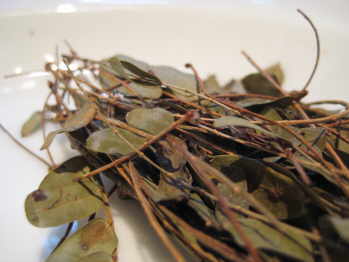



Tamarind Leaf Tamarindus Indica Luminescents
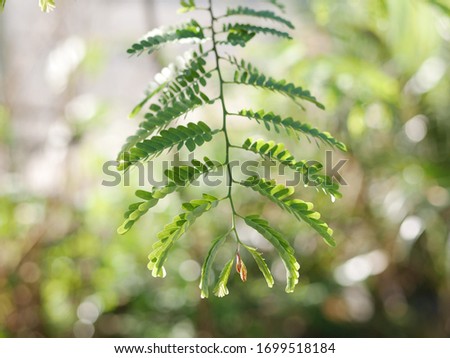



Shutterstock Puzzlepix
Asem or asam jawa or tamarind (Tamarindus indica) is a plant species in Fabaceae as the only species in Tamarindus, a 513 cm long, sitting side by side with the supporting leaf like a tapered ribbon Minor leaves are oval shaped and narrow, 816 pairs each measuring 051x135 cm, flat edge, base tilted and rounded, tip rounded until slightly curved The flowers are arranged in aMore images of Tamarindus indica Tamarindus indica flower in Hyderabad W IMG 05 by JMGarg ( CC BY 30 ) Tamarindus indica, leaves, pod by Tauʻolunga ( CCBYSA30 )Search this site luangwatrees Home




Pdf Pharmacognostic And Phytochemical Evaluation Of Tamarindus Indica Linn Leaves Semantic Scholar




Tamarind Leavestamarind Family Leguminosae Caesalpinioideae Tamarindus Stock Photo Edit Now
Tamarind leaves, botanically classified as Tamarindus indica, come from one of the largest trees of the tropics that can reach up to thirty meters in height with a canopy that spans twelve meters across and belongs to the Leguminosae family Also known as Tamarindo in Spanish and Portuguese, Tamarandizio in Italian, Tamarinde in the Philippines, Tamarin or Tamarinier in · Tamarind leaves has a myriad of benefits chief of them being providing relief from malaria Its medical benefit though is not confined to just that as it can also cure jaundice and diabetes, helps cure scurvy, treats ulcer, inhibits genital infections, protects the whole body from infections and provides relief from hyper tension It has antiinflammatory properties and canTamarind (Tamarindus indica) is a leguminous tree (family Fabaceae) bearing edible fruit that is indigenous to tropical Africa The genus Tamarindus is monotypic, meaning that it contains only this species The tamarind tree produces brown, podlike fruits that contain a sweet, tangy pulp, which is used in cuisines around the world




Tamarind Tamarindus Indica Medicinal Plant Vector Image
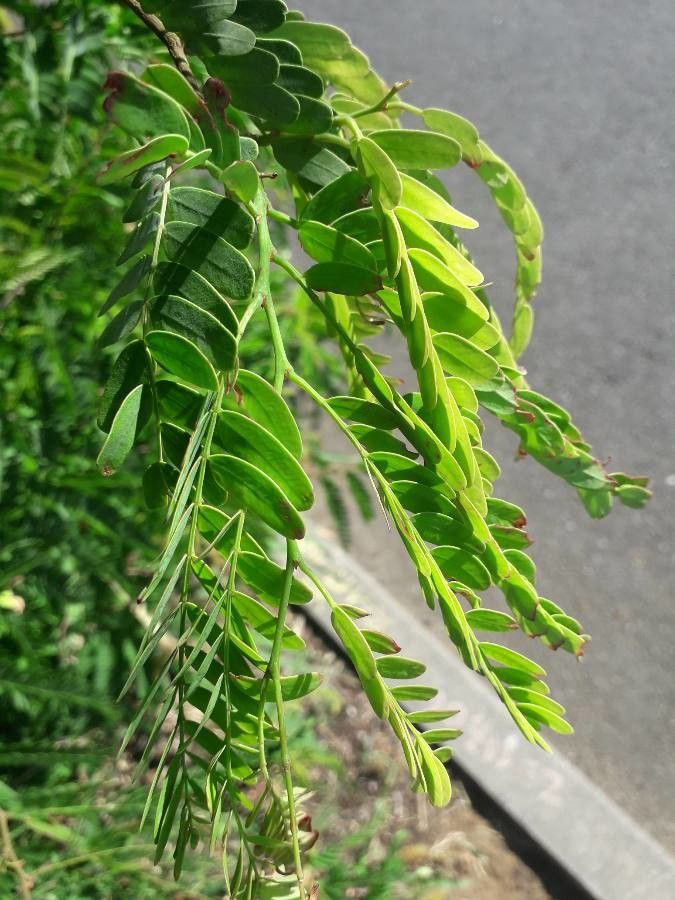



Observation Tamarindus Indica L Justin Dumoulin Mar 18 21 Reunion Pl Ntnet Identify
All unstructured text is available under the Creative Commons AttributionShareAlike License;Tamarindus indica is a large perennial tree often cultivated as ornamental and shade tree, for its valued timber and for its edible fruits Because of the tamarind's many uses, cultivation has spread around the world, mostly in tropical and subtropical zones In many areas where it was originally cultivated, it has escaped and can now be found naturalized in bushlands, grasslands, coastalTamarindus indica is a member of multipurpose, tropical evergreen leguminous species of Caesalpiniaceae subfamily native to Africa and southern Asia It grows well up to 1500 m above sea level where annual rainfall is above 1500 mm It can grow in versatile soil conditions T indica is very popular for its delicious appetizing fruit




Tamarind Pods And Leaves Stock Photo Download Image Now Istock




Tamarindus Indica Seeds Tamarind
Mineral content is high, particularly P, K, Ca and Mg Antioxidant, antiinflammatory, antimicrobial and antifungal · Tamarindus indica L or tamarind as it is commonly known, is a mediumsized tree that belongs to the Caesalpinaceae family It is a multipurpose tropical tree used primarily for its fruits, which are eaten fresh or processed The fruit is also used as a seasoning or spice and make medicinal beverages 2 In fact, Tamarind fruits are the most studied and valuable medicinal partTamarindus indica L (wood, root, leaves, bark and fruits) has either nutritional or medicinal value, with a number of industrial and commercial applications10, 11 Tamarind is useful in gastric disorders, bilious vomiting, scurvy, datura poisoning, alcoholic intoxication, scabies, pharyngitis, otalgia, stomatitis, constipation, haemorrhoids
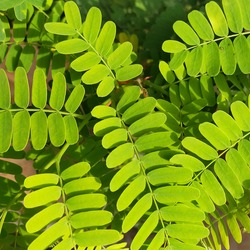



Free Tamarindus Stock Photos Stockvault Net




Buy Tamarindus Indica With Canarius
Traductions en contexte de "Tamarindus indica" en françaisanglais avec Reverso Context Amherstia nobilis et Tamarindus indica (tamarin) sontTamarind (Tamarindus indica L) is a multipurpose tropical tree used primarily because its fruits and leaves have eatable properties Both parts of the plant have also medicinal uses, but in theTamarindus indica, commonly known as tamarind, is a frostfree, tropical evergreen tree that typically grows to 4060' (less frequently to 90') tall It is native to eastern Africa, but is now commonly grown and in some cases has naturalized in a number of tropical to subtropical areas around the world Tamarind trees feature (a) short stout trunks topped by bushy widespreading




Tamarindus Indica Tamarind Sampalok Toptropicals Com



Tamarindus Indica Tamarind Pfaf Plant Database
Tamarind (Tamarindus indica) leaves close up, it is a leguminous tree in the family Fabaceae indigenous to tropical Africa The genus Tamarindus is a monotypic taxon (having only a single species) Acheter cette photo libre de droit et découvrir des images similaires sur Adobe Stock · Tamarindus indica chemical composition Bark Hordenine Seed a Poly saccharide, () Fruit Tamarindienol Stem bark and leaves – tannins, saponins, sesquiterpenes, alkaloids and phlobatamins Classical categorization Imali – Classical Categorisation Rasa Chandansu Amla Skandha – sour group of herbs Kaiyadeva Nighantu – Oshadhi VargaHisitōlia ʻo e faile;
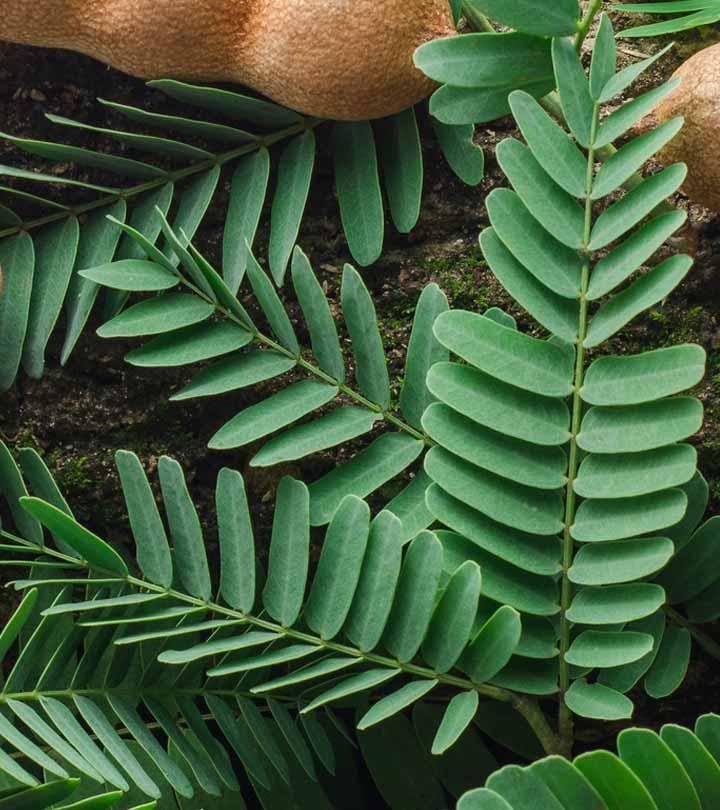



13 Amazing Health Benefits Of Tamarind Leaves




Small Green Color Leaves Of Tamarind Tree Stock Image Image Of Natural Decor
Trouvez les parfaites illustrations spéciales Tamarind Leaves sur Getty Images Choisissez parmi des images premium Tamarind Leaves de qualitéTamarind leaves are a fair source of vitamin C and αcarotene;Consisting of calyxtube narrow turbinate




Black And White Botanical Illustration Of Tamarind Fruits And Leaves Tamarindus Indica Old Illustration By Unidentified Author Published On Magasin Pittoresque Paris 14 Stock Illustration Adobe Stock




Observation Tamarindus Indica L Elvis Tongen Feb 28 21 Tropical Africa Pl Ntnet Identify
Leaves are evenpinnate, consisting of 10–18 pairs of small leaflets, rather closed together; · Tamarind leaves, commonly known as 'Imli Patta' in India are the leaves of plant Tamarindus Indica which is a tall shade tree native to Africa but is widely grown in Asia as well It is believed that Arab traders introduced tamarind to India and since then, we have become the largest producer of tamarind Besides the tangy tamarind, its bright green leaves can also be usedTamarindus indica L (Fabaceae), or tamarind, is a common tree, especially in West Africa, with a good potential to contribute to affordable local health care based on traditional medicine (TM) For this single species review, more than 60 references with detailed information on the ethnopharmacology of Tamarindus indica in the African context were selected It showed that



Botanical A Curious Herbal Tree Tamarindus Indica Orientalis The East India Tamarind P221 Vintage Printable At Swivelchair Media Beta




Tamarindus Indica L Species India Biodiversity Portal
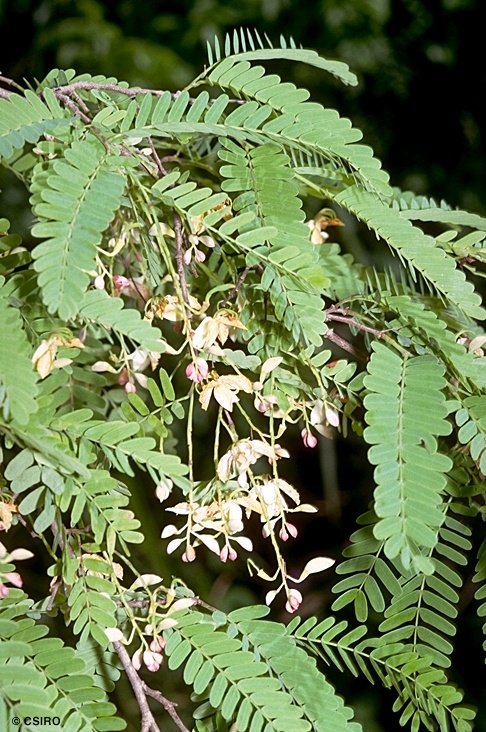



Tamarindus Indica




Ufei Selectree A Tree Selection Guide
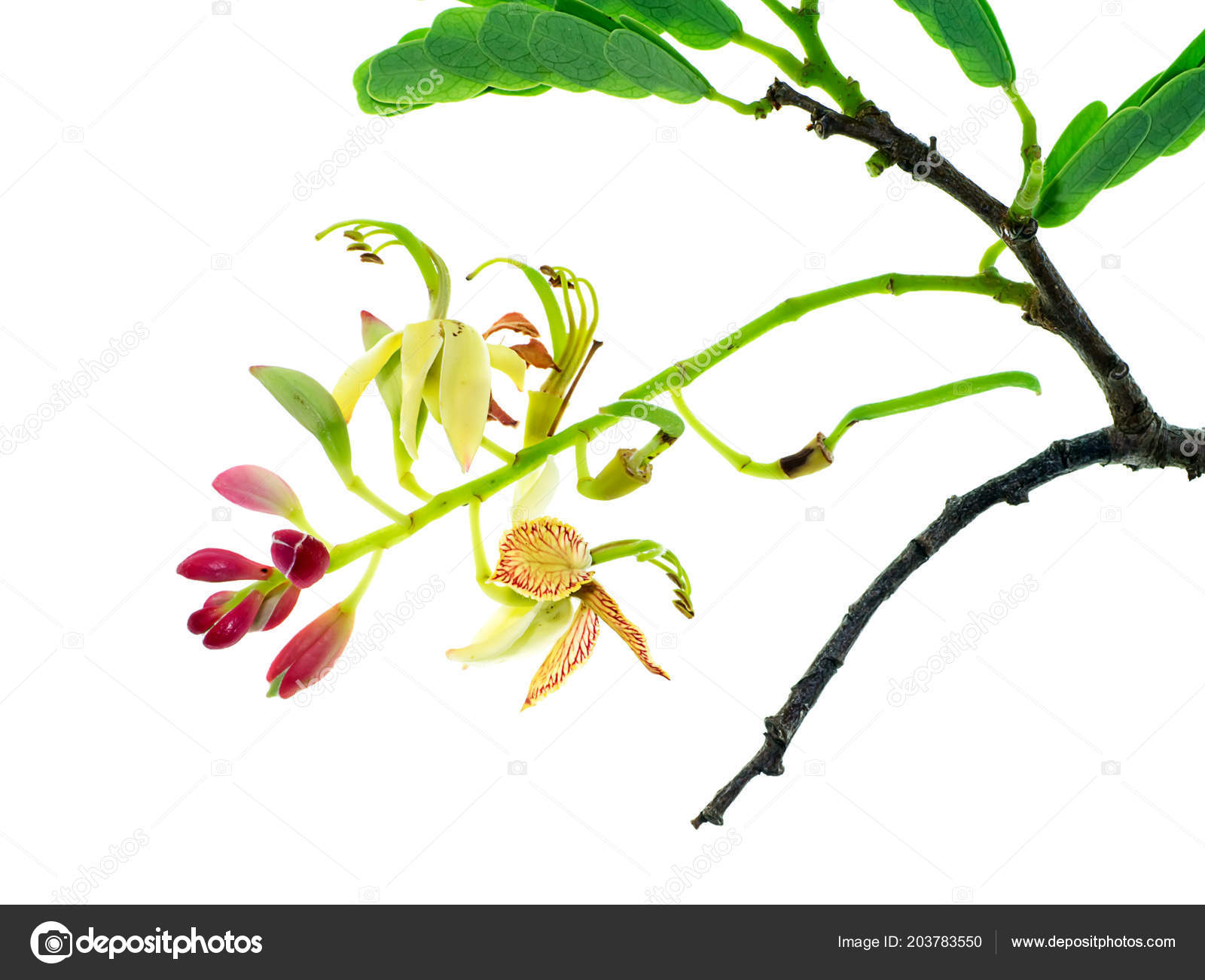



Tamarind Flower Leaves White Background Tamarindus Indica Stock Photo Image By C Noppharat Th




Anti Inflammatory And Analgesic Potential Of Tamarindus Indica Linn Fabaceae A Narrative Review Sciencedirect




Tamarind Tree Image Photo Free Trial Bigstock




Pdf Antimicrobial Properties Of Tamarindus Indica Linn Leaf Extracts Semantic Scholar
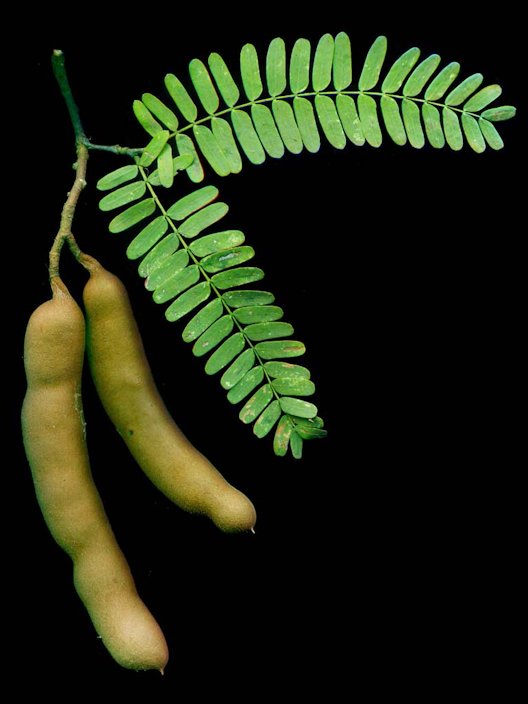



Tamarind Tamarindus Indica




Tamarind Leaves A Potential Treatment For Fever Diabetes And Other Health Problems Dr Farrah Md




Indian Tamarind Tamarindus Indica Trees To Plant Tropical Africa Plant Leaves
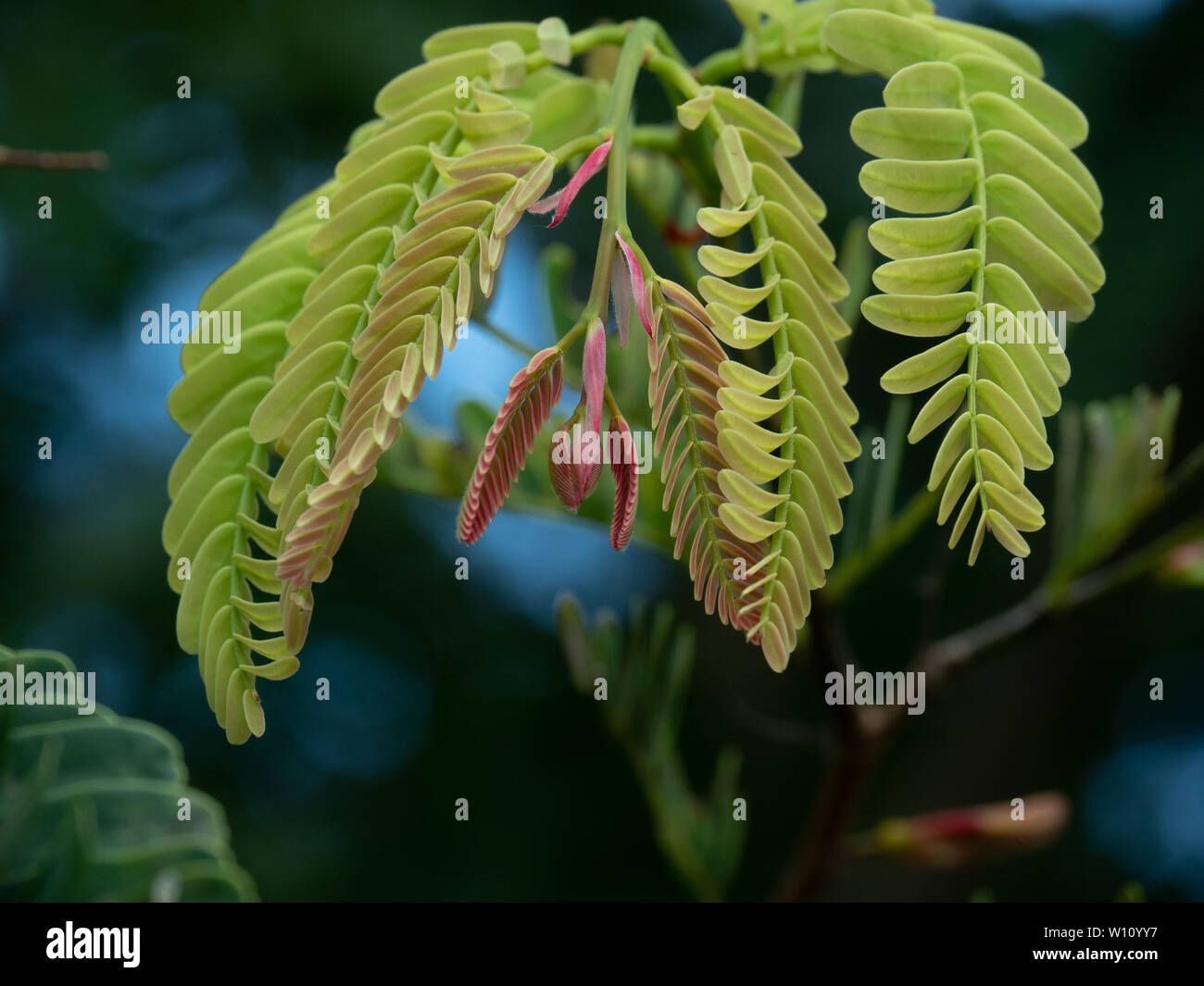



Young Tamarind Tree High Resolution Stock Photography And Images Alamy




Ufei Selectree A Tree Selection Guide




2 Tamarind Tamarindus Indica Leaf Showing The Effects Of Mildew Download Scientific Diagram




Tamarind Edible Wild Plant How To Find Identify Prepare And Other Uses For Survival Wilderness Arena Survival




Tamarind Leaves Benefits And Its Side Effects Lybrate




Tamarind Leaves On White Background Tamarindus Indica Stock Photo Picture And Royalty Free Image Image




Medicinal Plants Tamarindus Indica Imli Tamarind Chinta Puli




Tamarind Flower With Leaves Tamarind Flower On White Background Tamarindus Indica Canstock



Spice Pages Tamarind Tamarindus Indica
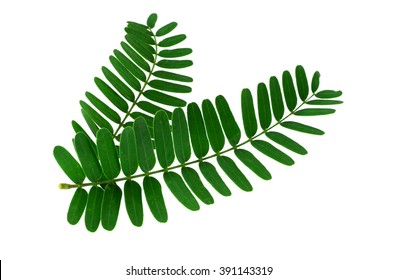



Tamarind Leaves Images Stock Photos Vectors Shutterstock




Tamarind Leaves Images Free Vectors Stock Photos Psd




1 Compound Leaves And Leaflets Of Tamarind A Branch Twig Showing Download Scientific Diagram
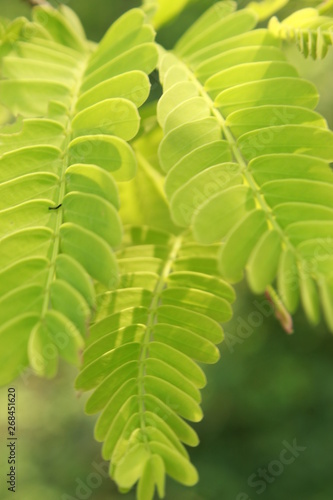



Tamarind Tamarindus Indica Leaves Close Up It Is A Leguminous Tree In The Family Fabaceae Indigenous To Tropical Africa The Genus Tamarindus Is A Monotypic Taxon Having Only A Single Species Stock




Fresh Leaves Of Tamarindus Indica And Garcinia Combogia Download Scientific Diagram



Wfo Taxon Details The William Lynda Steere Herbarium
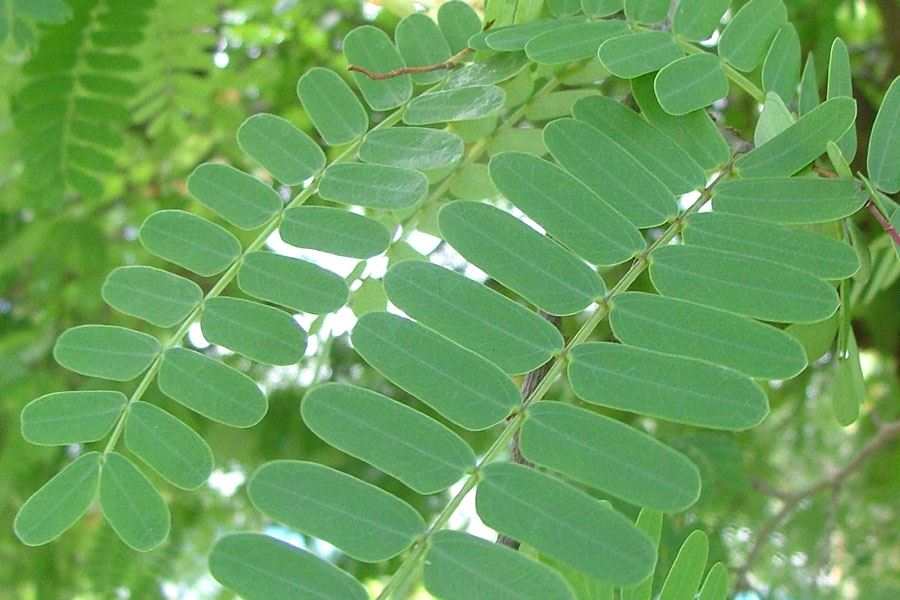



Tamarindus Indica




Tamarindus Indica Leaves And Fruit Tamarind Is A Legume Tr Flickr
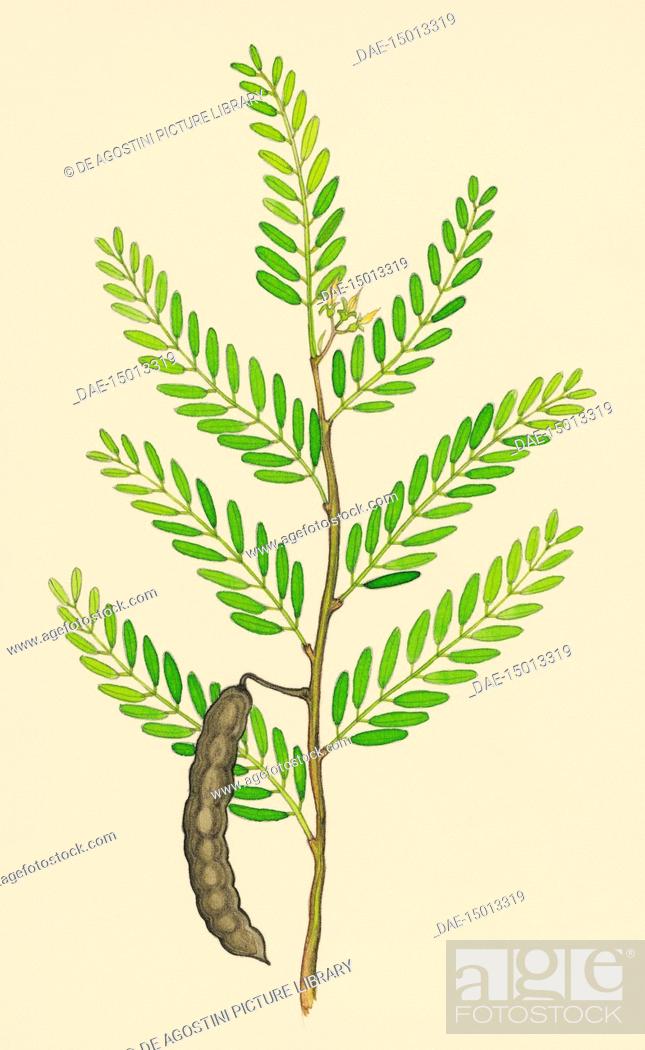



Tamarind Leaves And Pod Tamarindus Indica Fabaceae Drawing Stock Photo Picture And Rights Managed Image Pic Dae Agefotostock




Tamarind Leaves Uses Benefits Home Remedy For Muscular Pain Sprains Wildturmeric




251 Tamarind Leaves Photos And Premium High Res Pictures Getty Images



Tamarind Leaves Information And Facts



Tamarino 556 Portuguese Brazil Common Name Tamarindus Indica
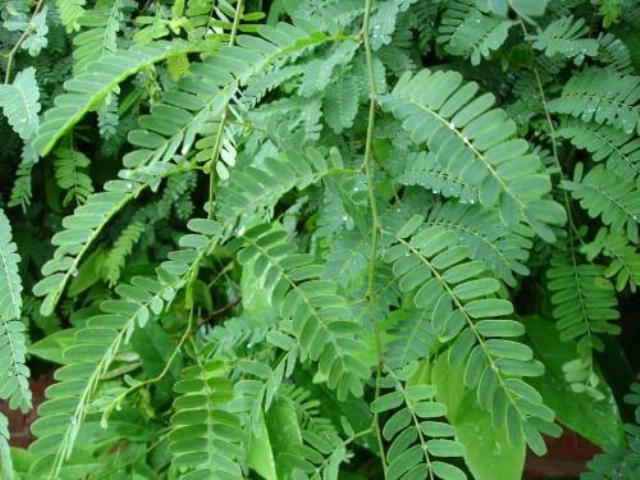



Tamarind Tamarindus Indica Feedipedia



Asam Or Tamarind Tree Tamarindus Indica On The Shores Of Singapore




Tamarind Tree Close Up Of Leaves Tamarindus Indica Stock Photo Picture And Rights Managed Image Pic Mev Agefotostock
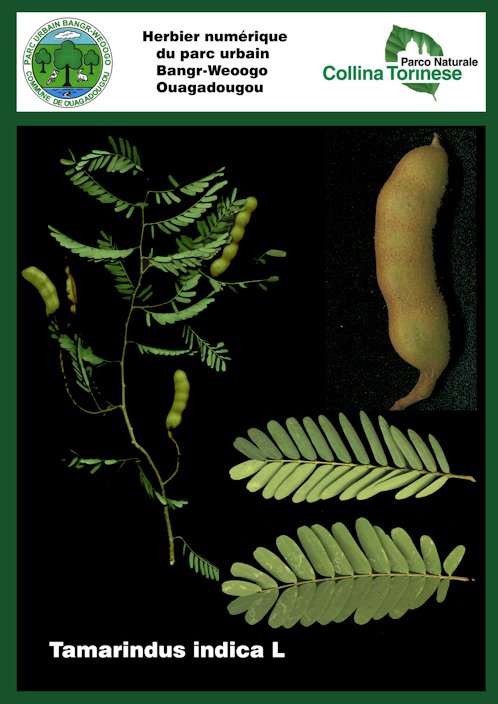



Tamarind Tamarindus Indica




Amazon Com 10 Seeds Tamarindus Indica Tamarind Tree Orchid Like Flowers Container Or Standard Bonsai Gardening Butterflies And Hummingbirds Love Garden Outdoor
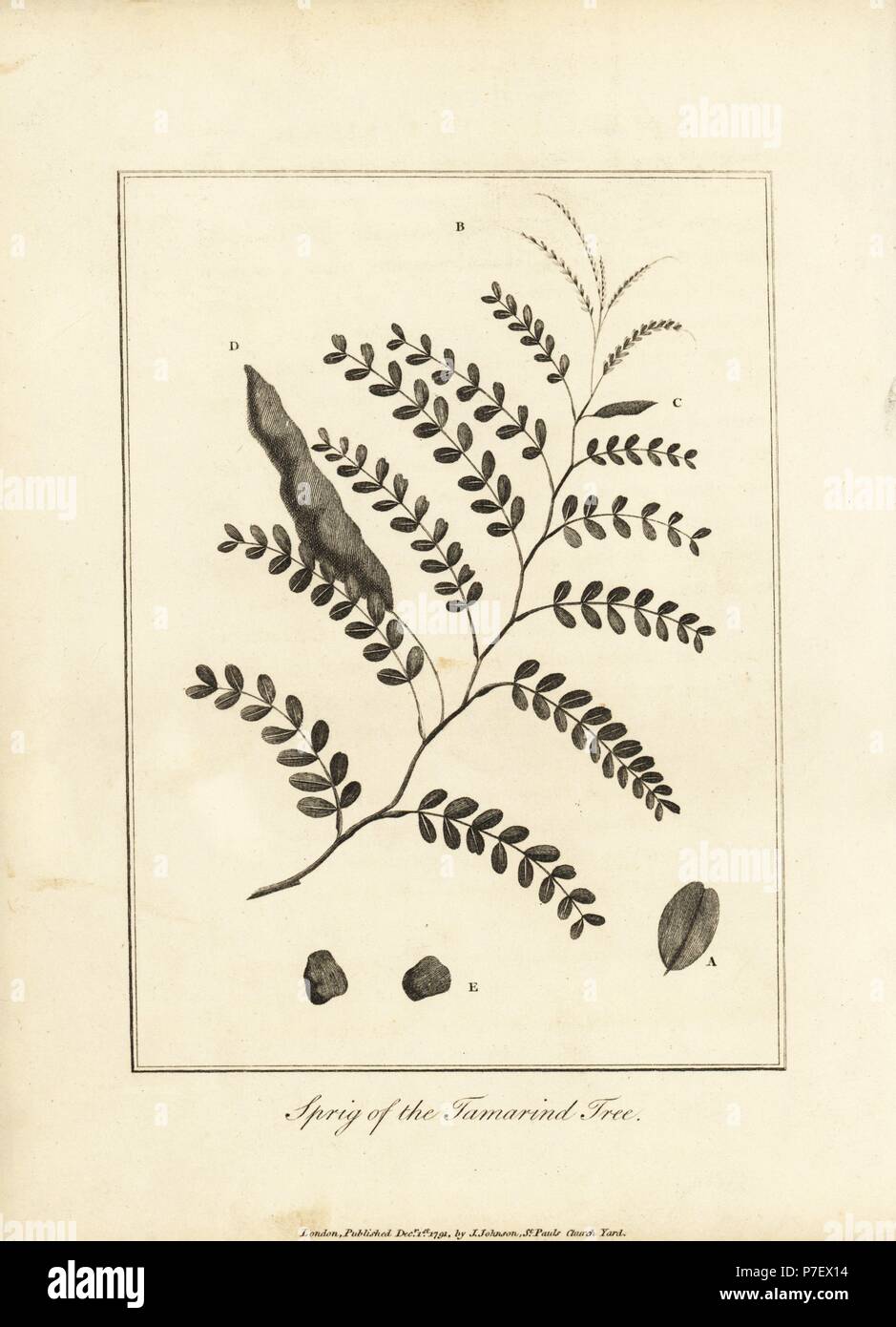



Sprig Of The Tamarind Tree Tamarindus Indica With Leaves And Pod Copperplate Engraving After An Original Illustration By Captain John Gabriel Stedman From His Narrative Of A Five Years Expedition Against The




Tamarind Leaves Glossary Recipes With Tamarind Leaves Tarladalal Com
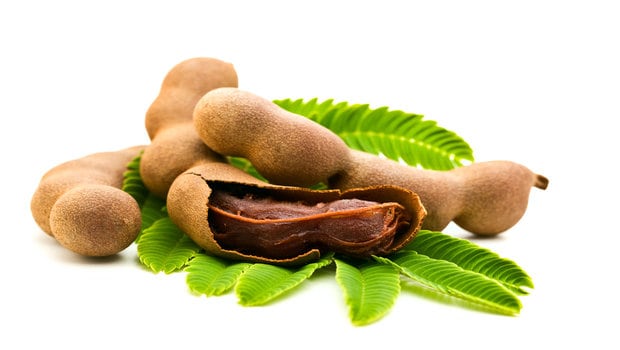



Dont Throw Them Away Tamarind Leaves Have Some Magical Qualities Ndtv Food
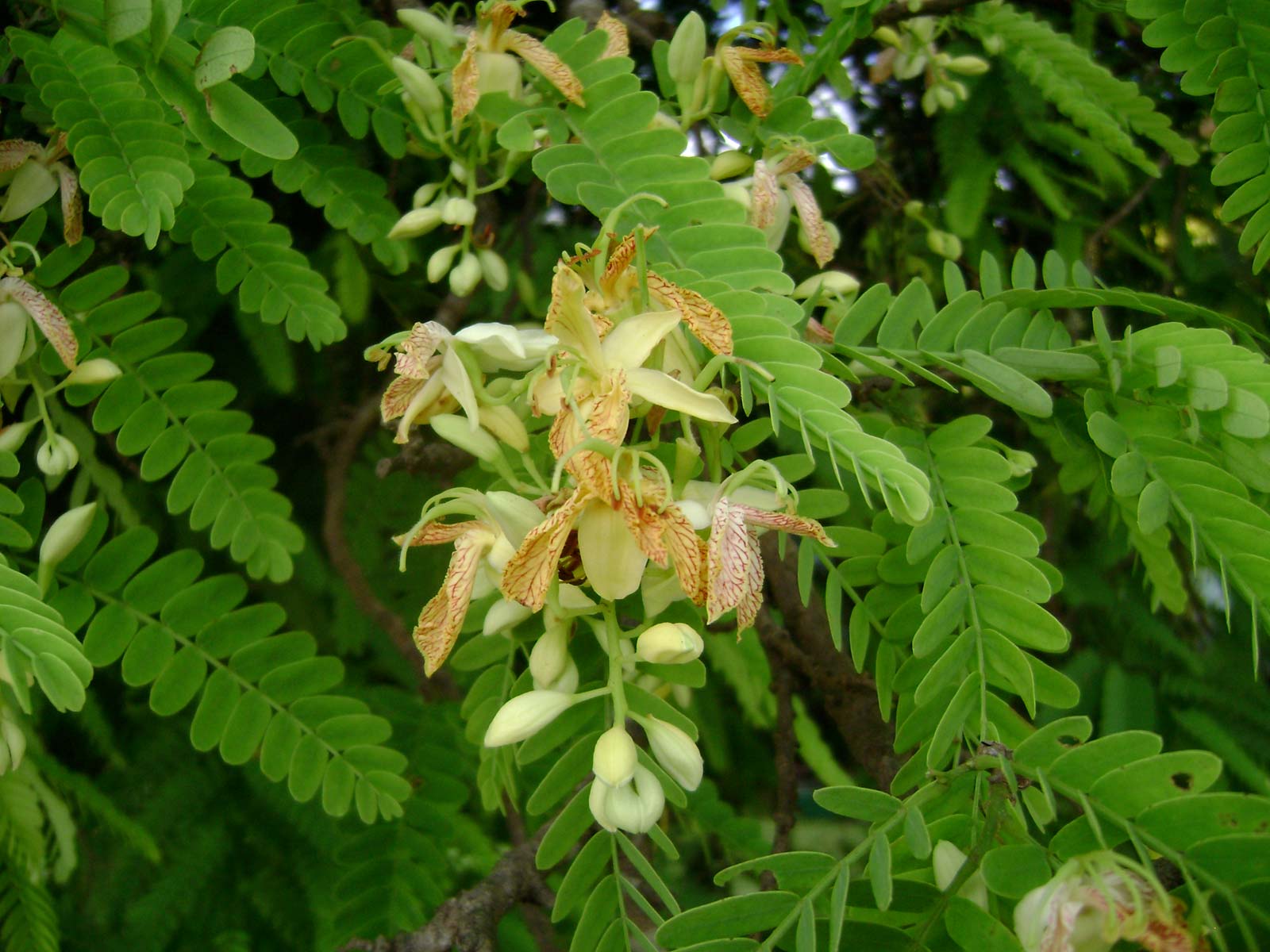



Tamarind Tamarindus Indica Feedipedia
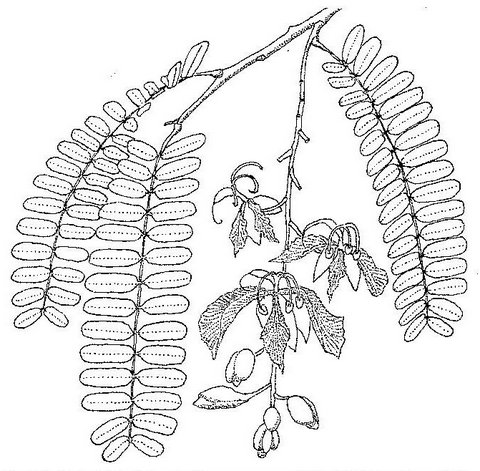



Flora Of Zambia Species Information Individual Images Tamarindus Indica
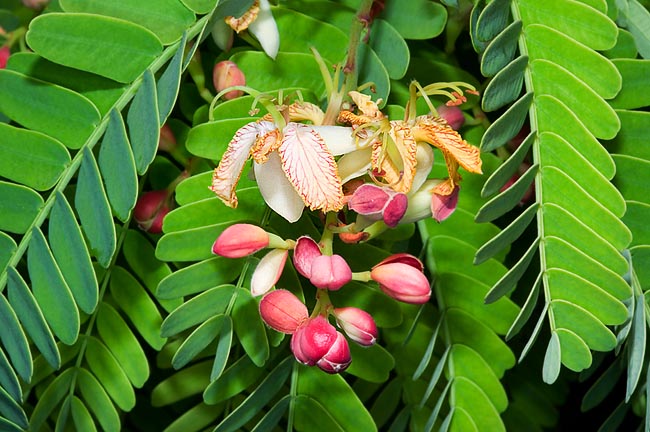



Tamarindus Indica Monaco Nature Encyclopedia
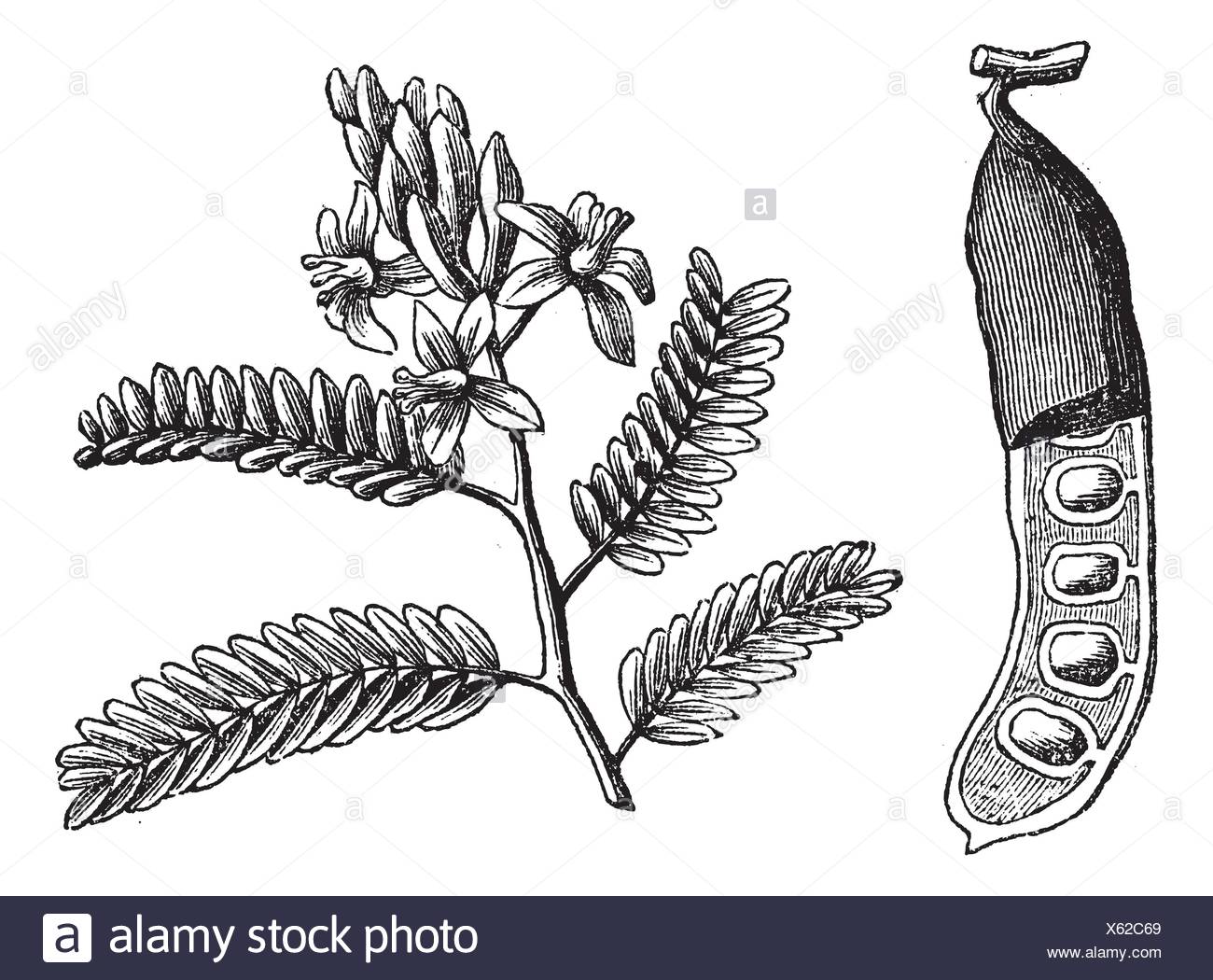



Tamarind Tamarindus Indica Vintage Engraved Illustration Tamarind Leaf And Seed On White Trousset Encyclopedia 16 11 Stock Photo Alamy




Premium Photo Tamarind Leaves On White Background



Tamarind Wikipedia
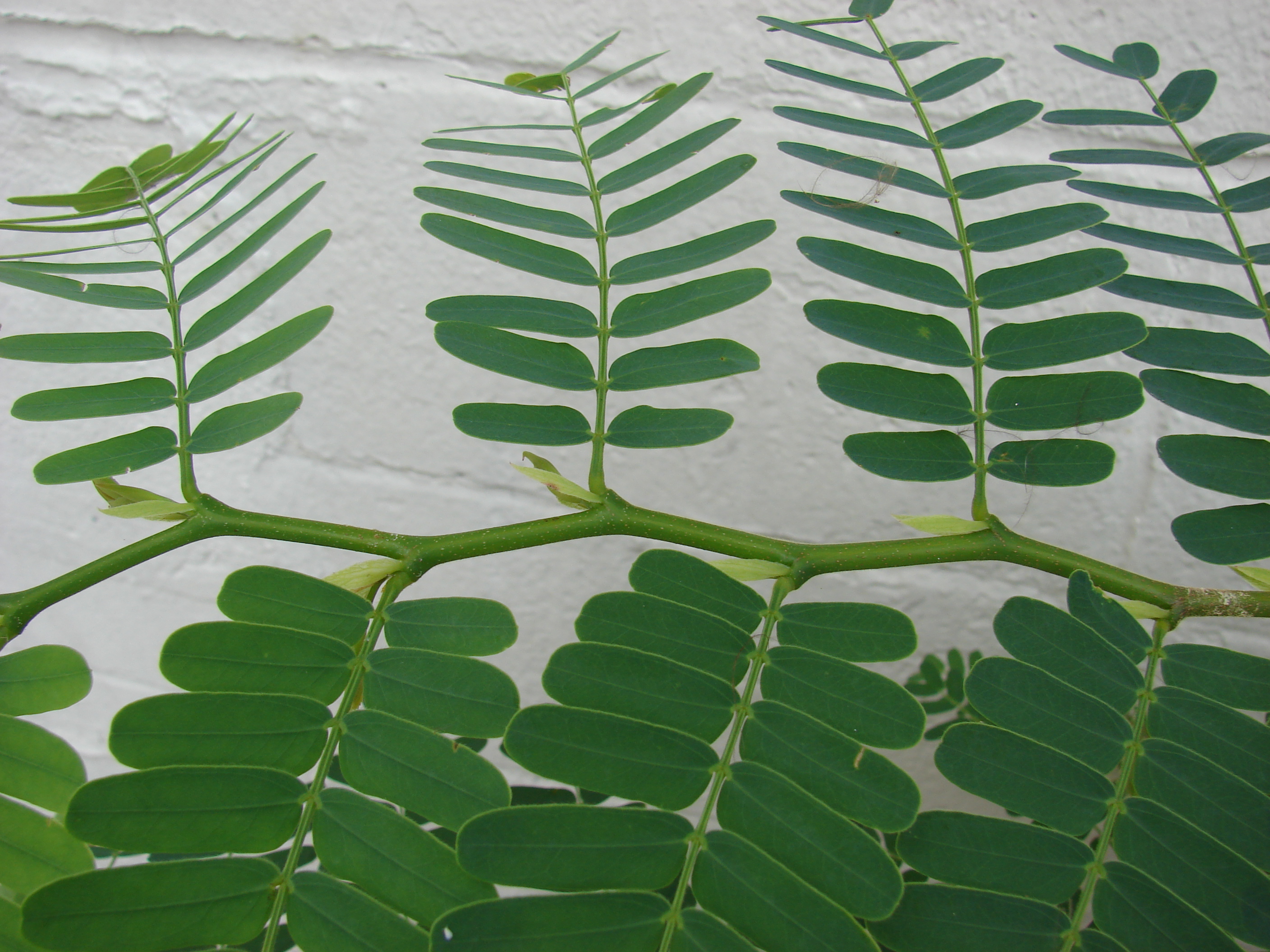



File Starr 7553 Tamarindus Indica Jpg Wikimedia Commons
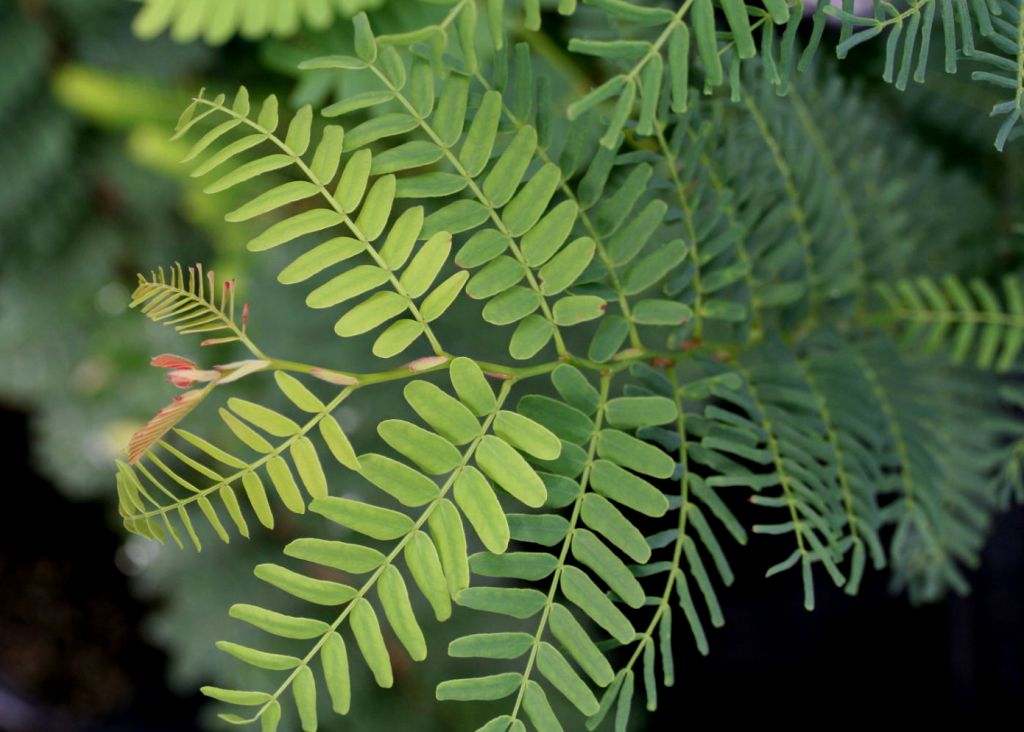



Calphotos Tamarindus Indica Tamarind



Sampalok Tamarindus Indica Tamarind Philippine Medicinal Herbs Philippine Alternative Medicine
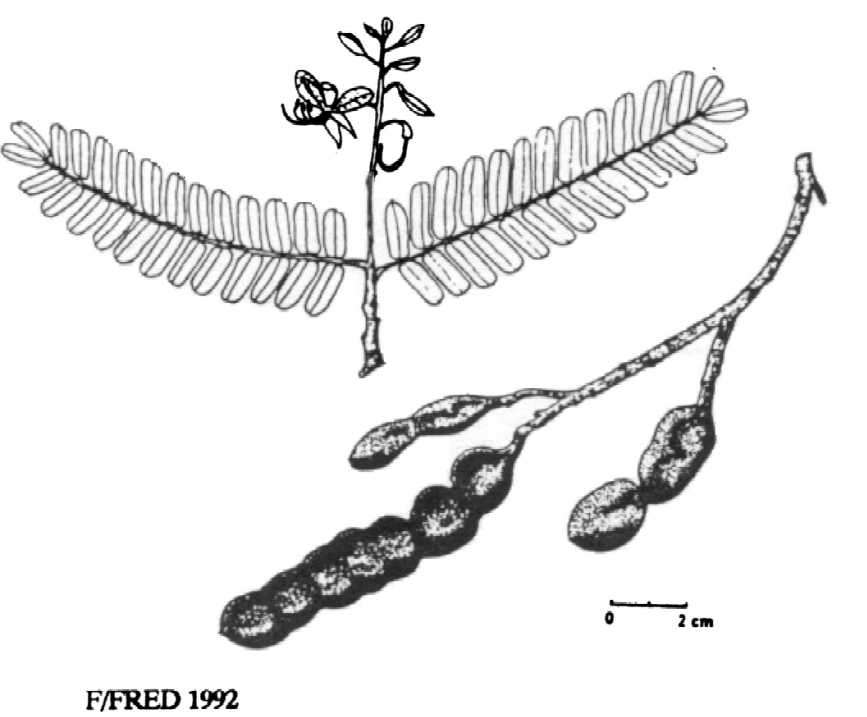



Winrock International Tamarindus Indica A Widely Adapted Multipurpose Fruit Tree




Tamarindus Indica L Seedlings Are Moderately Salt Tolerant When Exposed To Nacl Induced Salinity Sciencedirect



Sampalok Tamarindus Indica Tamarind Philippine Medicinal Herbs Philippine Alternative Medicine
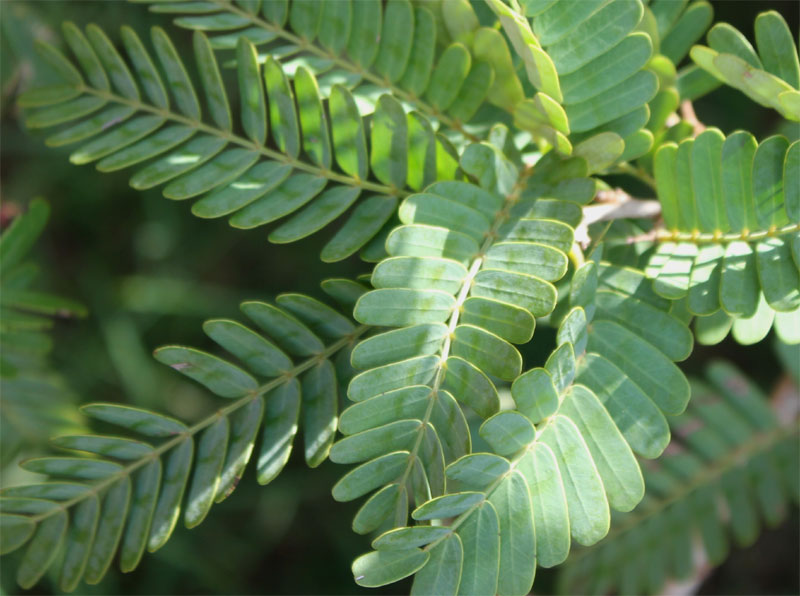



Digital Flora Of Madagascar Picture 2 Of Leaves Of Tamarindus Indica



Asam Or Tamarind Tree Tamarindus Indica On The Shores Of Singapore




Tamarind Leaves Images Stock Photos Vectors Shutterstock
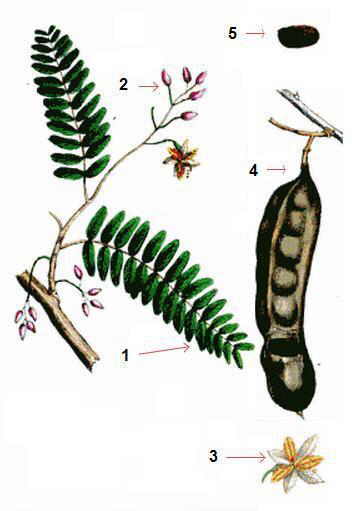



Tamarind Characteristics Botanical Online
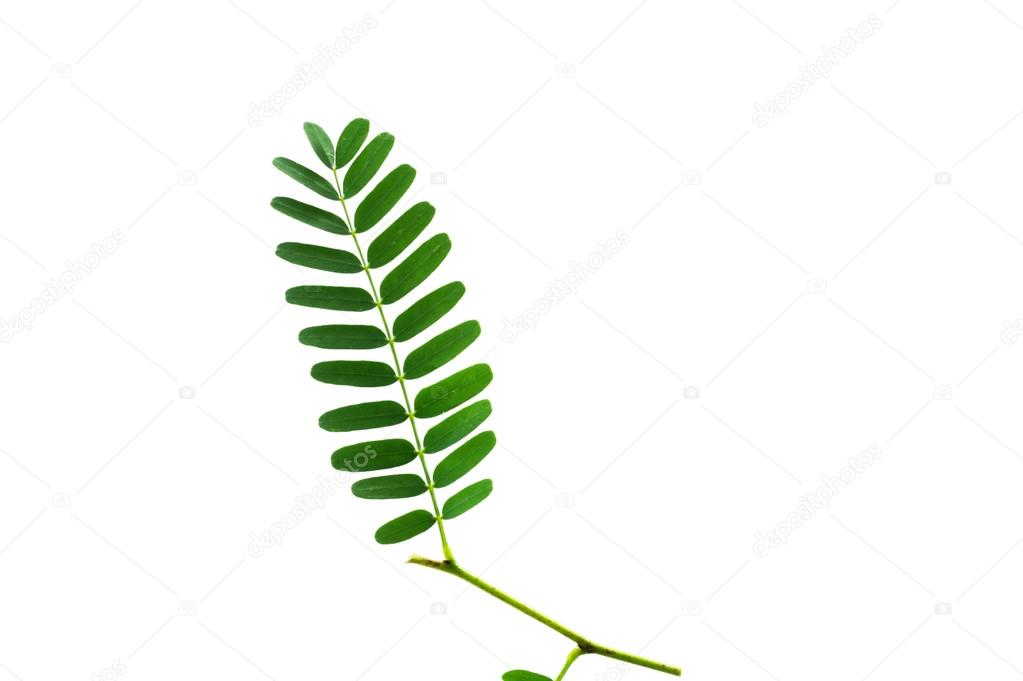



Tamarindus Indica L Leaf Form And Texture Stock Photo Image By C Arungowild
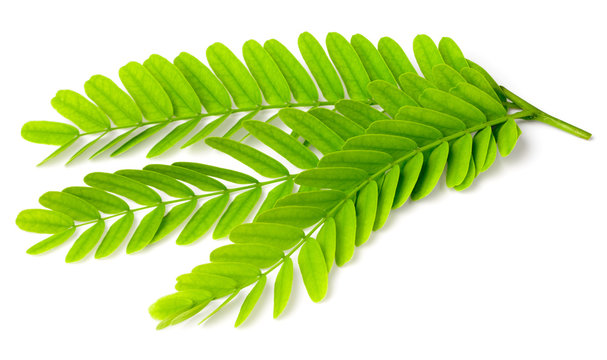



7 672 Best Tamarind Leaf Images Stock Photos Vectors Adobe Stock




Tamarind Tree Leaves Closeup Stock Image Image Of Vegetables Treen
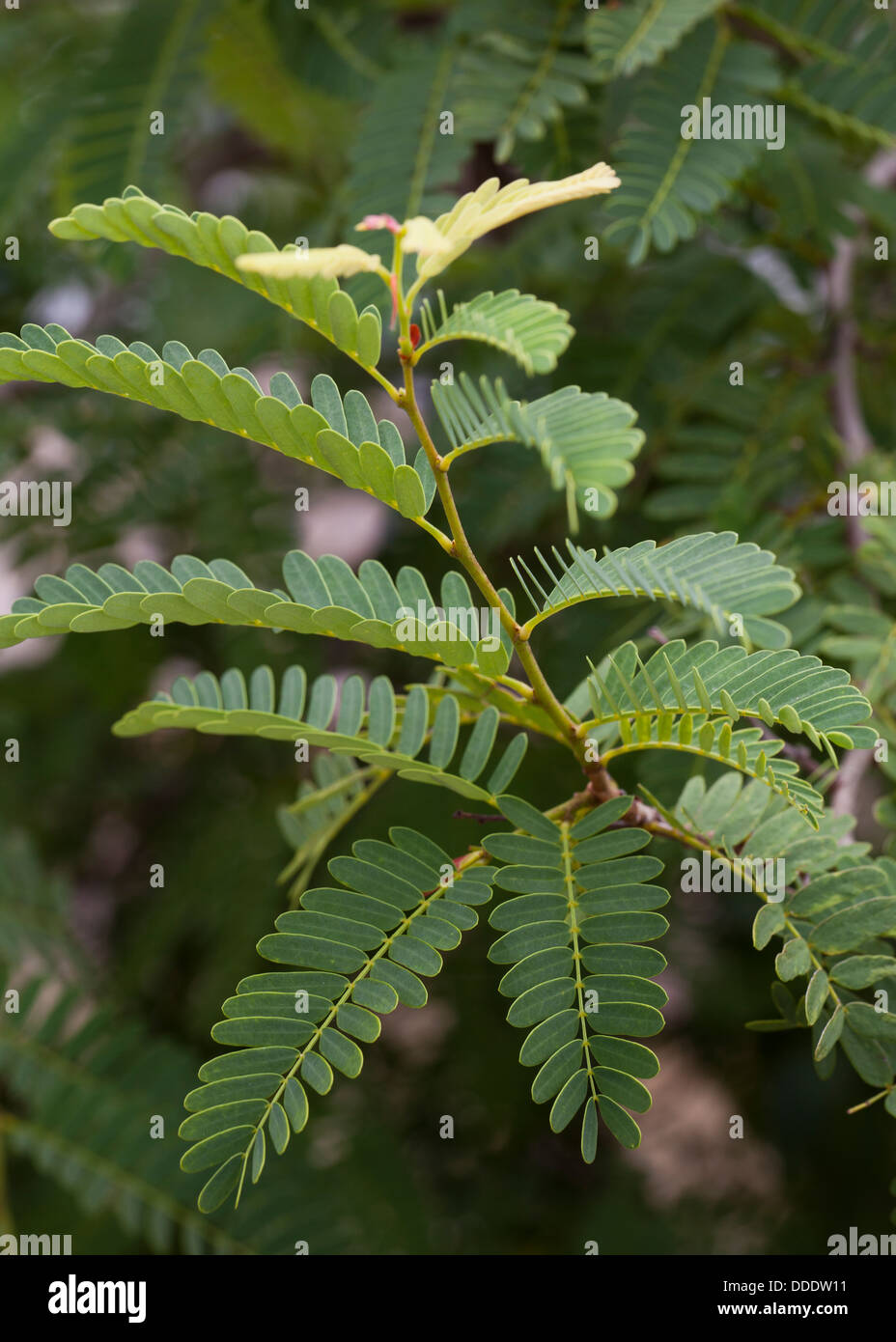



Tamarind Leaves Tamarindus Indica Stock Photo Alamy




A Fruits B Leaves C Flowers D Stem Bark Of Tamarindus Indica Download Scientific Diagram




7 Amazing Ways To Use Tamarind Leaves For Your Health Tamarind Leaf Health Leaves
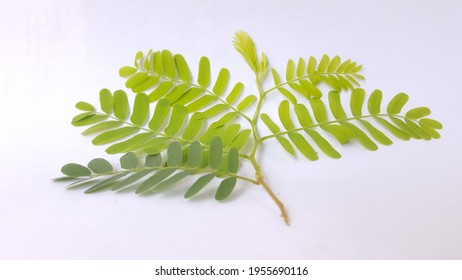



Tamarindus Indica Images Stock Photos Vectors Shutterstock




File Tamarindus Indica Tree Trunk Leaves Fruit Jpg Wikimedia Commons
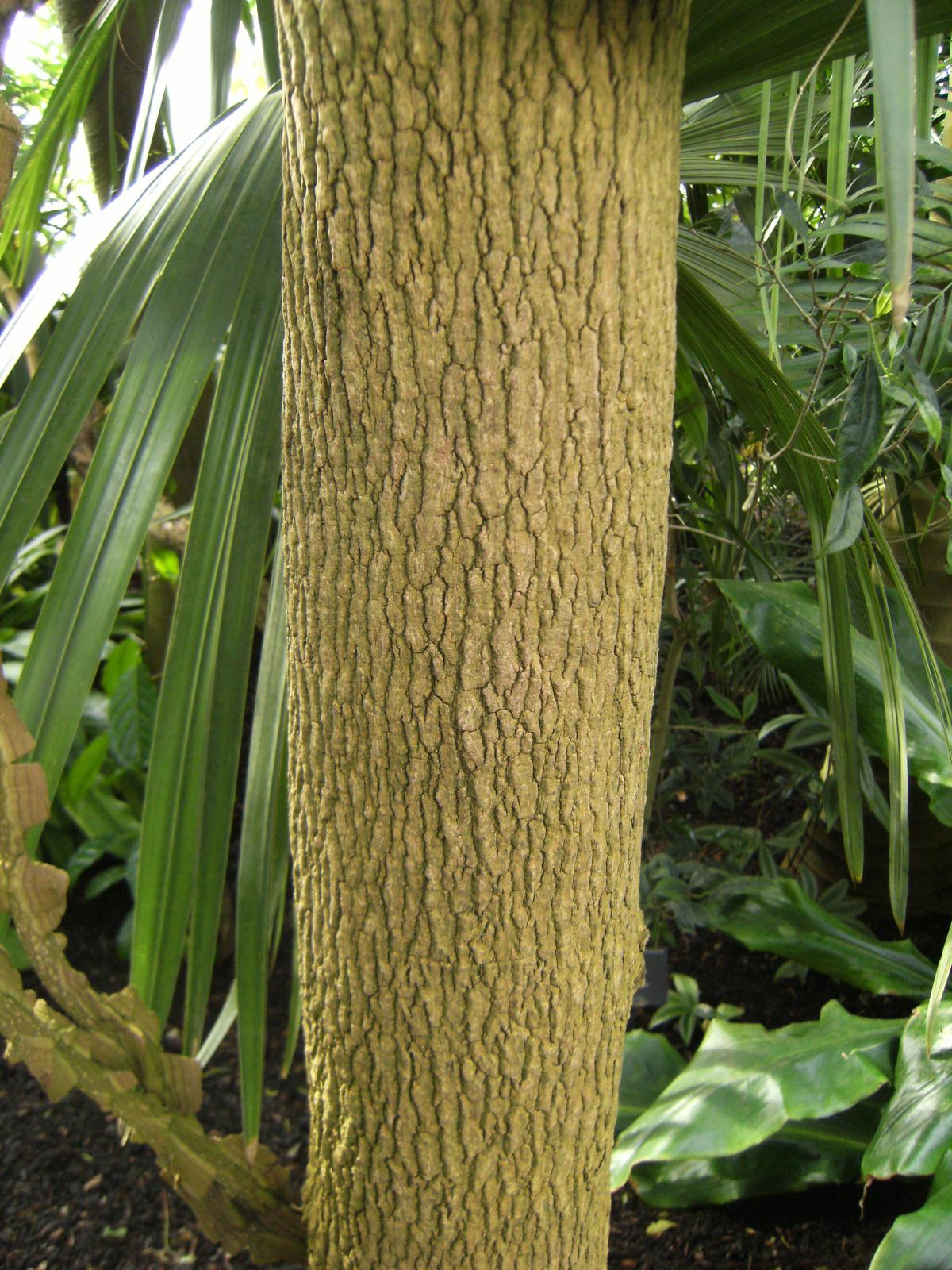



Tamarind Tamarindus Indica Feedipedia
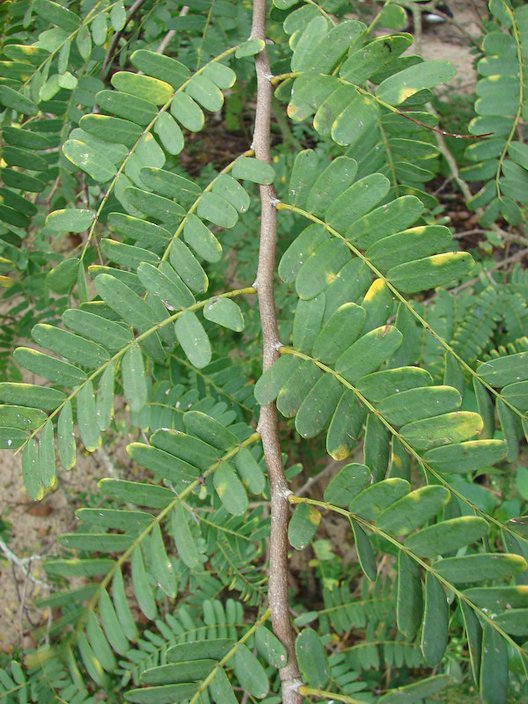



Tamarind Tamarindus Indica
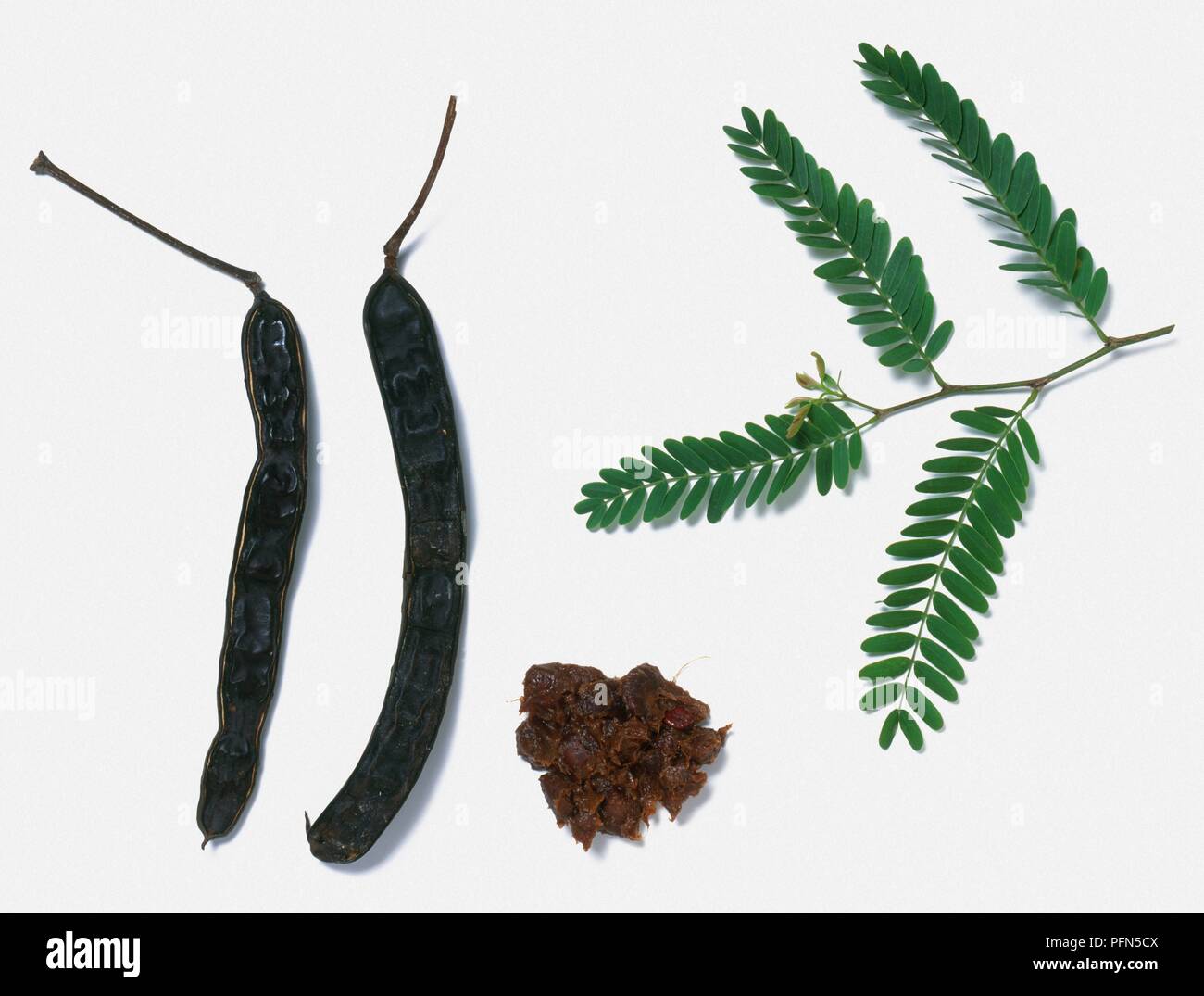



Tamarindus Indica Tamarind Pulp Leaves And Fruit Pods Stock Photo Alamy




Tamarind Flower With Leaves On White Background Tamarindus Indica Stock Photo Picture And Royalty Free Image Image




Tamarind Seeds Tamarindus Indica Sampalok Indian Date Tropical Fruit Caribbeangardenseed



Tamarindus Indica Tamarind Pfaf Plant Database




Tamarindus Indica L Species India Biodiversity Portal




Tamarind T Indica Leaves Paths Photo By Maxsol7 On Envato Elements
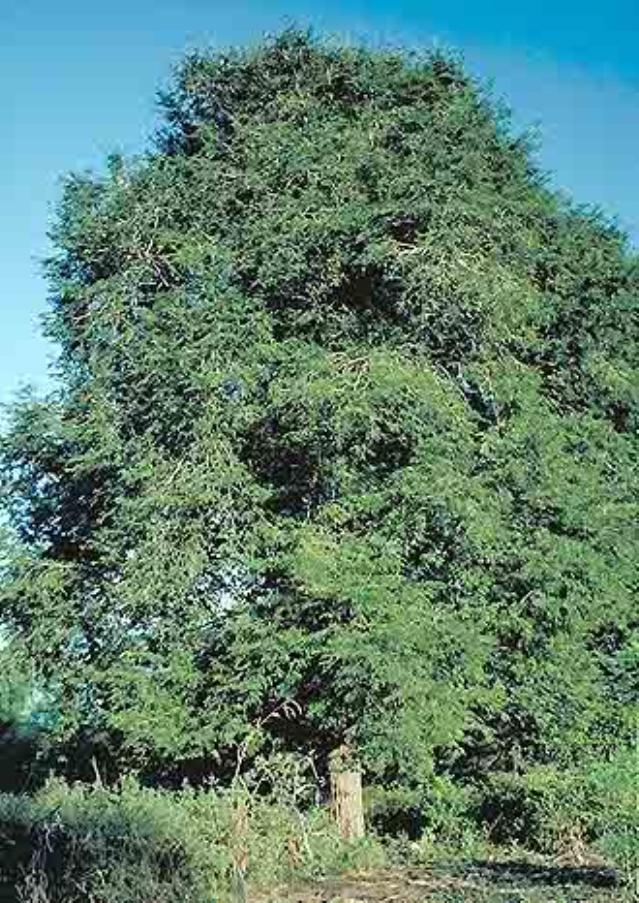



Tamarind Tamarindus Indica Feedipedia


コメント
コメントを投稿